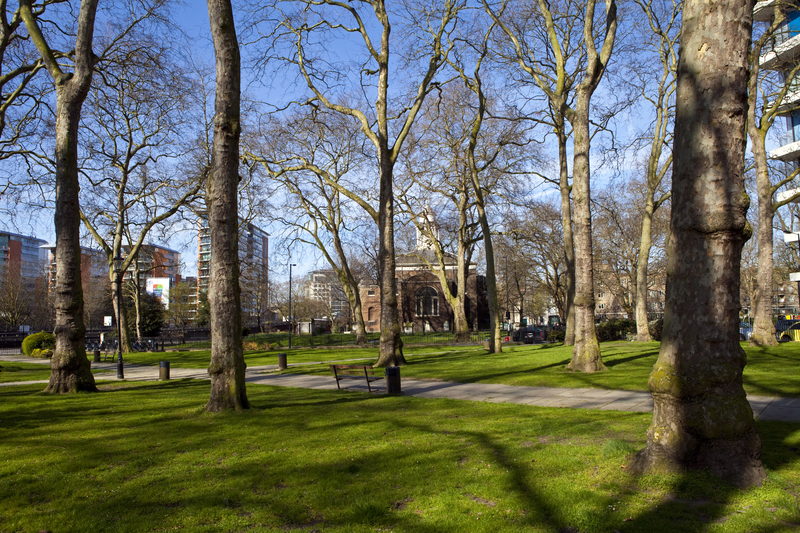Thriving Container Gardens: Your Essential Guide
Posted on 08/10/2024
Container gardens offer a versatile and accessible way to grow a variety of plants, ranging from beautiful flowers to delicious vegetables. Whether you're an urban dweller with limited space or a gardening enthusiast looking to diversify your green space, container gardening can be a rewarding endeavor. This guide provides essential tips, insights, and considerations to help you create thriving container gardens.
Getting Started: Choosing the Right Containers
The first step in container gardening is selecting the right containers. Containers come in various materials, including clay, ceramic, plastic, and metal, each with its benefits and drawbacks.
1. Clay and Ceramic Containers: These containers are porous, allowing for good airflow and moisture control. They are aesthetically pleasing but can be heavy and prone to cracking in cold weather.
2. Plastic Containers: Lightweight and durable, plastic containers retain moisture well and are resistant to weather damage. However, they may not offer the same aesthetic appeal as ceramic or clay.
3. Metal Containers: Modern and sleek, metal containers are durable but can heat up quickly, risking root damage in hot weather.
Consider the size of the containers as well; larger containers are better for plants with extensive root systems, while smaller ones are suitable for herbs and smaller flowers.

Selecting the Right Soil
The second crucial factor in container gardening is soil selection. Garden soil should be avoided as it can compact in containers, leading to poor drainage and root health. Opt for a high-quality potting mix designed specifically for container plants. These mixes are lightweight, providing adequate drainage and essential nutrients.
Perfecting Watering Techniques
Proper watering is vital for the health of your container garden. Containers dry out faster than garden beds, making consistent watering essential. Utilize the following tips to perfect your watering techniques:
1. Check Soil Moisture: Use your finger to check soil moisture; if the top inch of soil feels dry, it's time to water.
2. Watering Schedule: Water in the morning when temperatures are cooler to reduce evaporation and give plants time to absorb moisture.
3. Drainage: Ensure containers have drainage holes to prevent waterlogging. Elevate containers slightly to allow excess water to escape.
Choosing the Right Plants
When choosing plants for your container garden, consider factors such as light requirements, growth habits, and compatibility. Some popular choices for container gardens include:
1. Herbs: Basil, parsley, and mint are excellent for small containers.
2. Vegetables: Tomatoes, peppers, and lettuce thrive in larger containers.
3. Flowers: Petunias, marigolds, and geraniums bring vibrant color and can handle varying conditions.
Group plants with similar water and sunlight needs to ensure they thrive together.
Maintaining Your Container Garden
Proper maintenance is key to ensuring your container garden remains vibrant and productive. Regularly check for pests and diseases, prune dead leaves and spent flowers, and feed your plants with a balanced fertilizer. Rotate containers periodically to provide even sunlight exposure.
Pros and Cons of Container Gardening
Pros:
1. Space Efficiency: Ideal for limited spaces such as balconies and terraces.
2. Mobility: Easily move plants to optimal locations for sunlight and weather protection.
3. Control: Better control over soil conditions, pests, and diseases.
Cons:
1. Frequent Watering: Containers dry out quickly, requiring more frequent watering.
2. Limited Root Space: Restrictive root space can limit plant growth.
3. Cost: Initial setup can be expensive due to the cost of containers and potting mix.
Tips for Success
1. Start Small: Begin with a few plants and gradually expand your container garden.
2. Regular Pruning: Regularly prune plants to encourage healthy growth and prevent overcrowding.
3. Mulching: Use mulch to retain moisture and reduce the frequency of watering.

Key Takeaways
1. Choose the right containers and potting mix for optimal plant health.
2. Water consistently and ensure proper drainage to prevent root rot.
3. Select plants with similar needs to simplify care and maintenance.
Conclusion
Container gardening offers an accessible and flexible way to enjoy the benefits of gardening without the need for expansive outdoor space. By following the essential tips and best practices outlined in this guide, you can create beautiful and productive container gardens that thrive year-round. Whether you're growing herbs, vegetables, or flowers, the key to success lies in choosing the right containers, soil, and plants, and maintaining them with proper watering and care.




